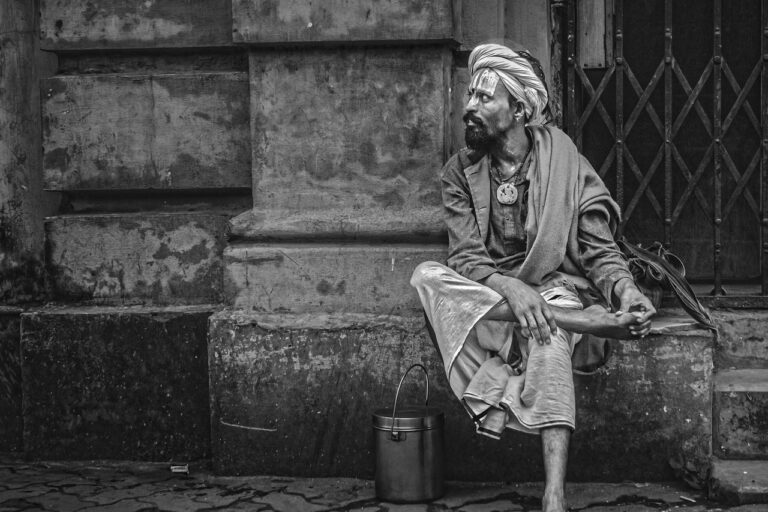Fashion and Cultural Revival: Reimagining Heritage Textiles for Contemporary Wear
Heritage textiles hold immense cultural significance across the globe, reflecting the history and tradition of various communities. Through intricate designs and craftsmanship, these textiles serve as a tangible link to the past, preserving age-old techniques and stories for generations to come.
In many cultures, heritage textiles are more than just fabric – they are symbols of identity, pride, and heritage. Whether it’s a handwoven saree in India or a traditional kente cloth in Ghana, these textiles often carry deep meanings and are woven into the social and cultural fabric of society.
History of Traditional Textile Techniques
Textiles have held significant cultural value throughout history, with traditional techniques serving as a testament to the craftsmanship and artistry of various communities. These techniques have been passed down through generations, representing the dedication and skill of artisans who have mastered the intricate processes involved in creating textiles. From weaving and dyeing to embroidery and printing, each method has its unique history and significance in the textile industry.
Many traditional textile techniques have deep roots in local customs and traditions, reflecting the diverse cultural identities of different regions. These techniques often incorporate natural materials like cotton, silk, or wool, sourced locally and woven into fabrics that have both utilitarian and symbolic purposes. As technological advancements continue to shape the textile industry, these traditional techniques remain an integral part of preserving cultural heritage and celebrating the artistry of handmade textiles.
What is the cultural significance of heritage textiles?
Heritage textiles are important as they showcase the unique traditions, history, and craftsmanship of a particular culture or community. They often hold symbolic meaning and are passed down through generations.
How far back does the history of traditional textile techniques date?
Traditional textile techniques have been around for centuries, with some dating back thousands of years. Different cultures have developed their own methods and styles of textile production over time.
What are some common traditional textile techniques?
Some common traditional textile techniques include weaving, dyeing, embroidery, and printing. These techniques have been used by cultures around the world to create beautiful and intricate textile designs.
Why is it important to preserve traditional textile techniques?
Preserving traditional textile techniques is important as it helps to safeguard cultural heritage, support local artisans and economies, and promote sustainable practices. It also allows future generations to appreciate and learn from these traditional skills.
How can individuals support the preservation of traditional textile techniques?
Individuals can support the preservation of traditional textile techniques by purchasing products made using these techniques, learning about the history and significance of these techniques, and supporting organizations and initiatives that work to preserve traditional textile practices.





